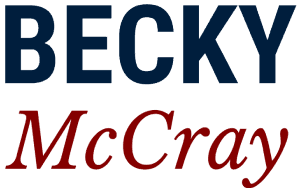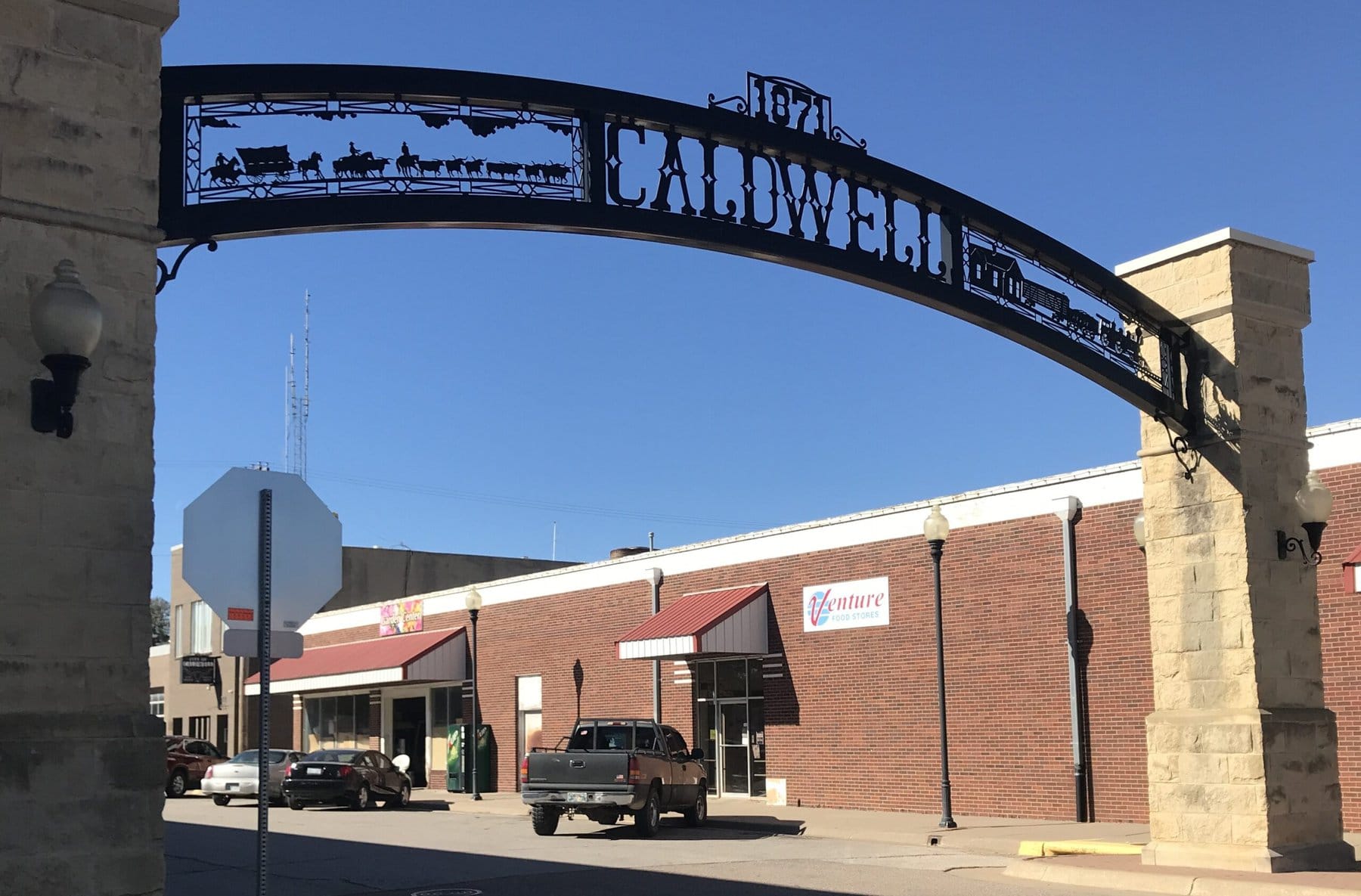Overwhelmed with housing challenges? Gather your crowd
Caldwell, Kansas, has a population of about 1000 people. The city has taken an active role in improving the condition and availability of housing in their town.
- They are using a grant through their state government to rehabilitate existing properties in the core of the town.
- For properties that are too dilapidated to rehabilitate, they try to demolish two of those each year.
- In fact, they have scored all of the properties in town on their condition, and they use that information to help focus their efforts.
- They know their housing needs: senior, income-based, upstairs downtown, duplexes, and missing middle.
That’s a LOT for a town of 1,000 people!
But the city is not the only group interested in housing. When I visited the town, we made a list of all the other organizations and groups we could think of who might help with housing projects in Caldwell.
- Community foundation
- Land bank
- Telecommunications cooperative
- Churches
- Economic development district
- Legal aid (to prevent tangled titles through help with wills, etc.)
- Early retirees (they have a really active group!)
- Banks
- Electric cooperative
- Natural gas and other utility companies
- Farmers Cooperative
- School
- Hospital
- and probably others.
They were pretty excited by their list, and they planned to reach out directly to some of those folks right away. Personal contact like that is best. And I think getting a bunch of those folks together at the same time would spark some new ideas and cooperation.
In the old way, they could hold a meeting with all the stakeholders to discuss and maybe even write some plans. Of course they would meet in the town council chambers. Boring!
Here is the Idea Friendly Way: pop-up an imaginary neighborhood.
For our imaginary neighborhood, we could make some house fronts out of cardboard, borrow some kid’s play houses, or even bring in those demo models that home builders take to home shows. Or we could just take an empty lot and use chalk to draw houses like a neighborhood. It doesn’t have to look like our town, but it could if we wanted.
Then we could invite all the organizations and people we had identified on our list to come see it. We could hold a picnic and discuss all the upcoming housing projects we were working on. We could find out about other housing projects from other organizations, and we could build connections between the groups, so that each project built on each other.
If you want more detail on how to do this, you can read more at How does the Idea Friendly method work for housing?
Keep shaping the future of your town,
Becky
P.S.
You can find practical steps to try right away in our video/audio Improving Rural Housing.
Join Deb Brown, Ben Winchester and me for a no-charge webinar called Rural Housing Trends to share new stories and answer some of your specific housing questions. It will be live Monday November 6, 2023, and we will share the recording.

